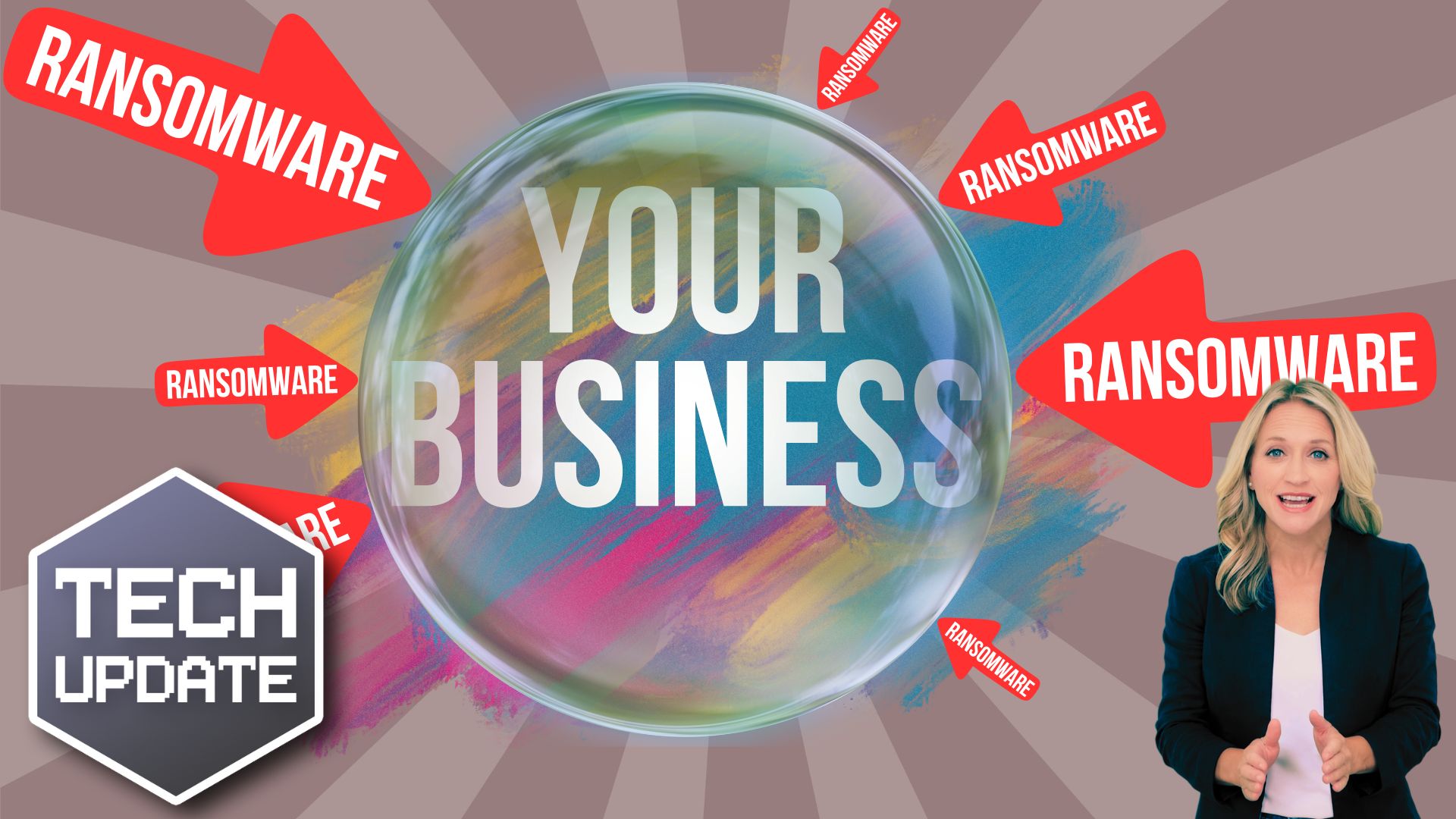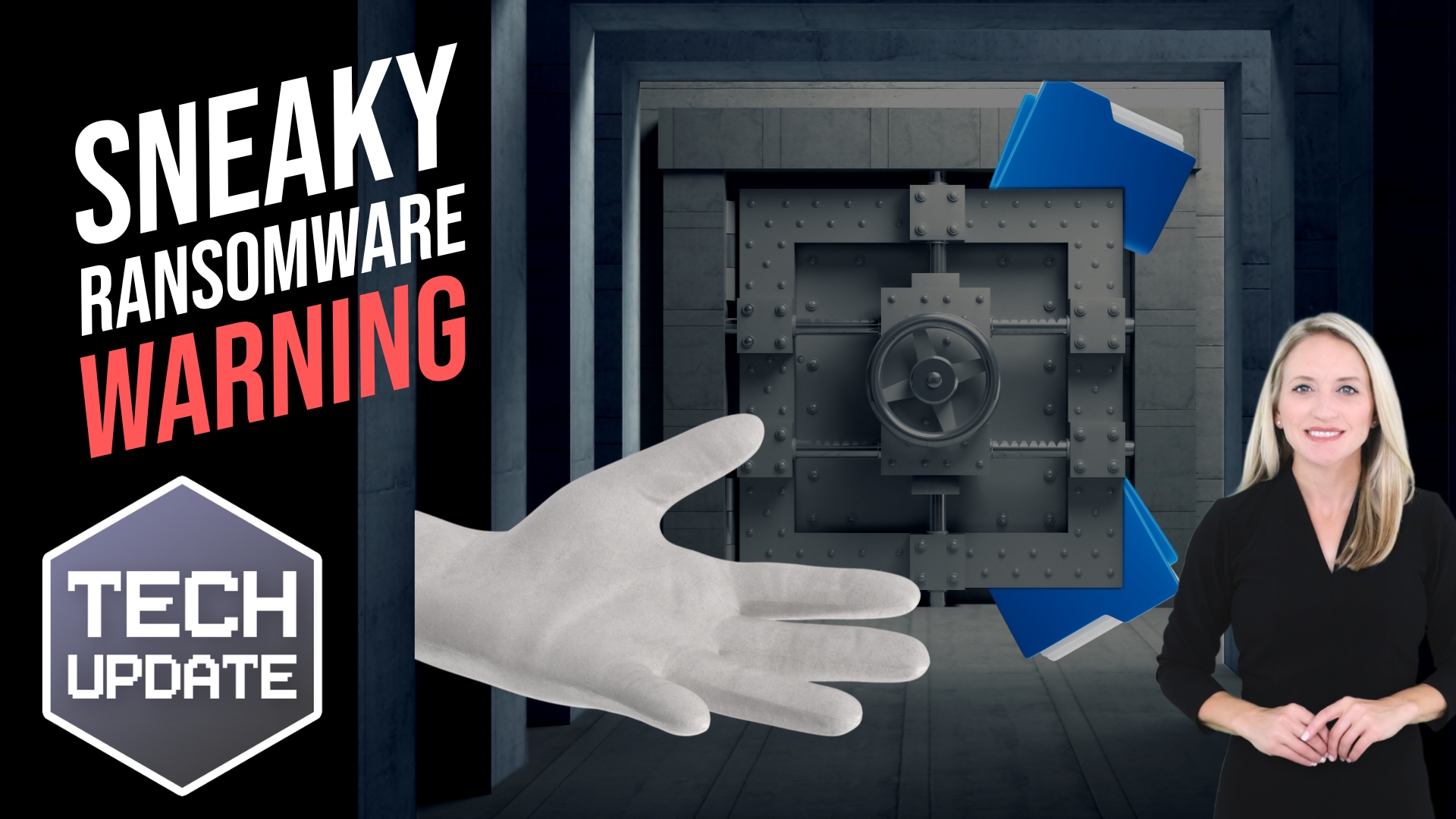Imagine waking up one morning, firing up your computer, only to find all your critical files – from customer data to financial records – encrypted and inaccessible. Then, a menacing message demands a ransom to unlock them.
This is ransomware. It’s a malicious software that holds your data hostage, often sneaking in through innocent-looking emails or links. You might receive a seemingly legitimate email urging you to click a link or open an attachment – a tactic known as phishing. Once clicked, malicious software quietly installs itself, encrypting your files. Soon after, a ransom note appears, demanding payment for a decryption key. Paying is risky; there’s no guarantee your data will be restored, and it encourages more attacks.
2023 saw a surge in ransomware attacks, breaking a six-year record, largely due to Ransomware-as-a-Service (RaaS). This allows cyber criminals to easily launch attacks, leading to a 75% increase in victims from 2022 to 2023.
Attackers are evolving, developing new ransomware variants and leveraging legitimate tools for malicious ends. They work swiftly, often striking outside business hours to evade detection.
If your business is hit, expect severe consequences: financial losses, potential data loss, damaged reputation, and disrupted operations. Protecting your business involves educating your team on phishing, regularly backing up data offline, updating software, limiting data access, and monitoring networks for anomalies.
In the event of an attack, stay calm and seek help from cyber security experts to mitigate damage. Avoid paying ransom to discourage criminal activity.
Our team helps businesses safeguard their data proactively. Contact us for assistance in protecting your business from ransomware threats.
Next Steps
Are you looking for a new IT service provider? Check out our free guide that explains how to choose your next IT service provider for some quick tips to get you started! Schedule a free 15-minute discovery call with someone from our team to see if we’re a good mutual fit!








